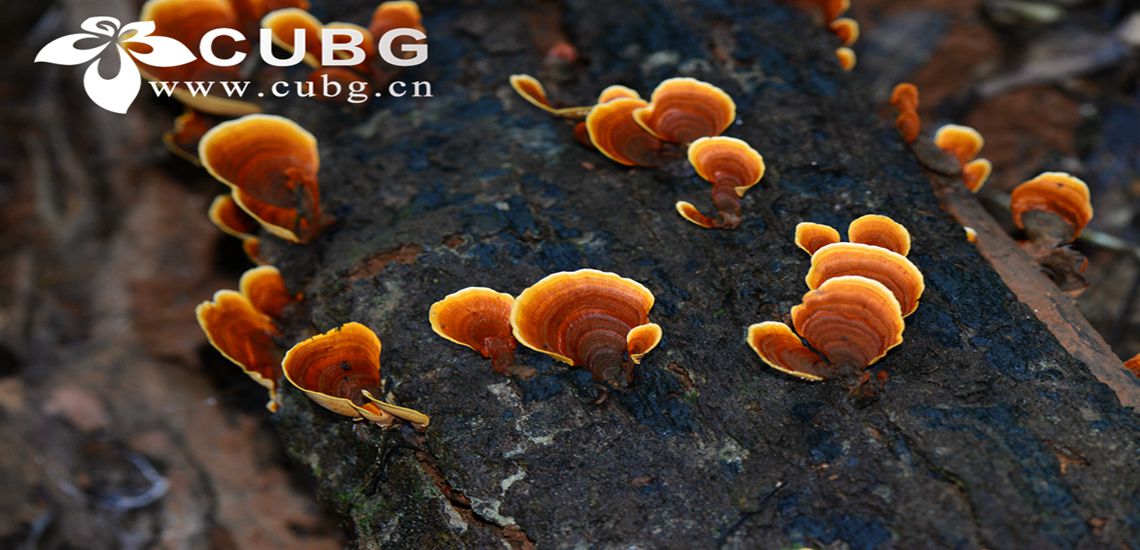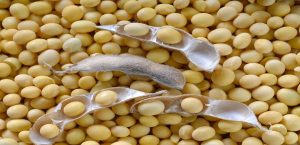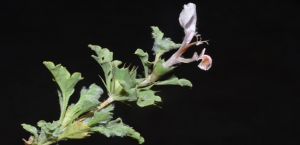Abstract:
Given the importance of local markets as a source of medicinal plants for both healers and the population, literature on market flows and the value of the plant material traded is rather scarce. This stands in contrast to wealth of available information for other components of Andean ethnobotany. The present study attempts to remedy this situation by providing a detailed inventory of medicinal plant markets in the La Paz-El Alto (Bolivia); Lima, Trujillo and Chiclayo (Peru) and Bogota (Colombia). Both species composition, and medicinal applications, have changed considerably over time. From 2001-2015, semi–structured interviews were conducted with hundreds of plant vendors in order to elucidate more details on plant usage and provenance. The results of the present study were then compared to previous inventories of medicinal plants in the region, as much as available, to elucidate changes over time and impact of interview techniques. Over the years we encountered and documented over 800 plant species. This indicates a great wealth of ethnobotanical knowledge in the Andean region of South America. All markets show a considerable change over the last few decades, with new species being introduced into the market chain, and other species being replaced. In course of the present study it became apparent that even well-known species might often be replaced by other apparently similar but botanically unrelated species due to environmental and market forces. The present data indicate that, while the floristic composition of often remained relatively constant over the last decades, the number of indications for which certain species were used increased tremendously, and that profound differences exist even between markets in close proximity. The dramatic increase in previously not used species used per indication might pose serious risks for consumers. We found serious problems due to species replacements. Even plants that have a well-established vernacular name, and are easily recognizable botanically, can be replaced by other species that can pose a serious health risk. Vendor education and stringent identification of the material sold in public markets are clearly needed.
Speaker: Dr. Narel Paniagua Zambrana
Affiliation: Ilia State University
Time: 4:30 PM, Tuesday, Mar. 26, 2024
Venue: Tencent Meeting ID:823-833-779
https://meeting.tencent.com/dm/HnCbrsD3y5pL



